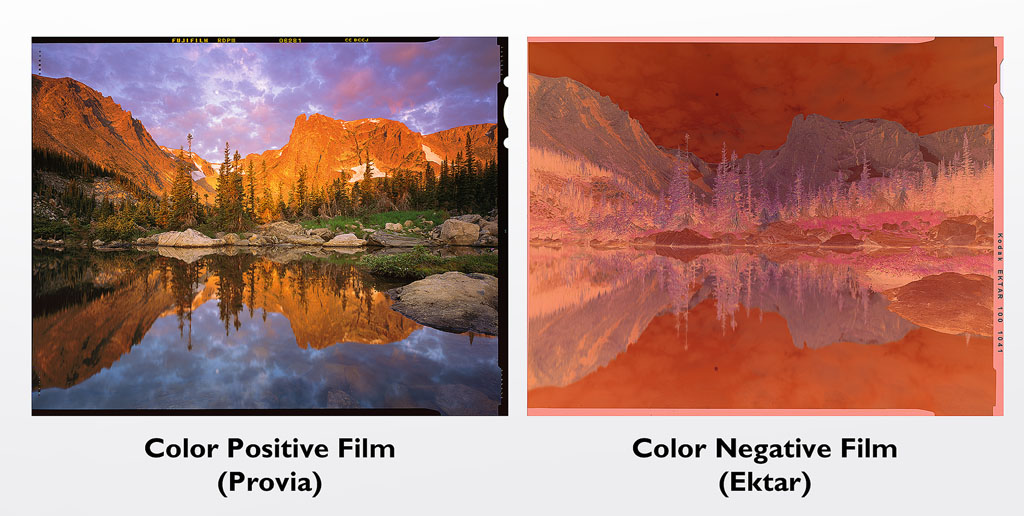
“Contrasting Perspectives of Nature: A Comparative Look at Two Artists’ Works”

## The Intriguing Intersection Between Teresita Fernández and Robert Smithson’s Art: Landscapes and the Politics of Place
At *SITE Santa Fe*, an exhibition titled **”Teresita Fernández / Robert Smithson”** delves into the complex dialogue spurred between two artists known for their focus on landscapes and raw natural materials. Co-curated by Fernández and Holt/Smithson Foundation Executive Director Lisa Le Feuvre, the exhibition constructs both a literal and figurative conversation between these two transcendent figures. It goes beyond simply showcasing their works; rather, it interrogates how their distinct approaches reflect various power structures, colonial legacies, and humankind’s relationship with the landscape.
### A Dialogue Rooted in Landscape
Both Fernández and Smithson approached the natural world with reverence and curiosity, though their interpretations of that world sharply contrasted. Using landscape as a core narrative thread, the artists each framed land—whether real or imagined—as a potent symbol of geopolitical power, identity, and control.
In Smithson’s **”Hotel Palenque”** (1969–72), a slideshow of images from a 1969 trip to Mexico combined with recorded dialogue creates an eerie historical snapshot of the landscape as both a subject and an object of colonization. Smithson describes Mexico as a land filled with “unconscious, dangerous violence,” reinforcing the Western lens through which he views the landscape. His reflections are notably devoid of self-reflection, treating the land as a blank canvas, devoid of the complex human–ecological relationships embedded in it.
In contrast, Fernández offers a more nuanced and introspective view of land. Her work, **”Charred Landscape (America)”** (2017), creates an abstract charcoal map, calling attention not only to the physical nature of landscape but also to the violence and destruction tied to it—both literal and metaphorical. The piece evokes the use of fire by Western colonial powers as a method of control and dominance, while also referencing Indigenous practices of controlled burning, which sustained rather than destroyed the land. By juxtaposing these two approaches, Fernández critiques colonialism and Western violence, offering a sophisticated and informed view of land as both history and memory.
### The Politics of Reflection and Power Dynamics
The exhibition also contrasts the political undercurrents of Smithson’s and Fernández’s works, particularly their different articulations of power, race, and ownership. Smithson’s famous **”Yucatan Mirror Displacements”** (1969), where mirrors are placed in natural settings to “reflect” landscapes, physically distances the artist from his surroundings. The mirrors provide a sterile reflection of the landscape, free of human impact, essentially creating a void of accountability.
By comparison, Fernández’s **”Manigua (Mirror)”** (2023) deeply implicates the viewer. The piece is characterized by layers of tropical fauna behind which a reflective surface subtly reveals the silhouette of the spectator, reminding them that they have a role within the geopolitical narratives of colonization and resource extraction. Fernández, a Latina artist, visually and conceptually weaves herself into the work, as if to critique the traditionally masculine and colonizing gaze that Smithson’s art inadvertently embodies. The mirrored views contrast: where Smithson eschews self-awareness, Fernández insists on it.
In **”Archipielago (Cervix)”** (2020), Fernández reconfigures the fragmented geography of the Caribbean into the anatomical form of a cervix, quietly highlighting the violence enacted upon women and their bodies throughout history. The work draws a comparison between the historical rape of the land and the gendered violence against women, thus blending feminist and post-colonial narratives to convey the land as a sacred source of life—a perception radically different from Smithson’s view of the land as a passive subject to be conquered symbolically or artistically.
### The Power of Context and Historical Legacy
The exhibition further underscores the broader sociocultural contexts that shaped the two artists’ practices. Fernández’s mission to explore neocolonialism, identity, and systemic power dynamics positions her work in critical opposition to Smithson’s silence on such issues. While Smithson was a product of his time—a White, male artist in the American post-war era—his works often fail to question or challenge the privileges that shaped his perspectives. The visualization of land in his work, such as his **small, illustrative territories of imagined islands** (where flags and ownership markers dominate), reveals traces of a colonial mindset, depicting land not as something belonging to nature but as a resource to be claimed.
Conversely, Fernández deconstructs these same geographic narratives. **”Archipielago (Cervix)”** revisits the history of the Caribbean islands—often seen through colonial eyes as landmasses for extraction and conquest—and reimagines them as sacred, intimate spaces of birth and life. Here, Fernández links the subjugation of cultures, ecosystems, and women’s bodies in